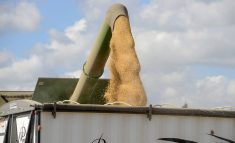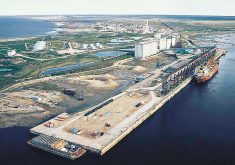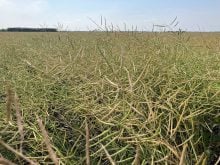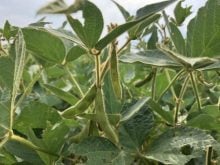It could be years before Canadian canola totally recovers from the ongoing trade disruption from China, Canada’s largest farm lender warns.
J.P. Gervais, executive vice-president of strategy and chief economist at Farm Credit Canada, is looking at the fallout of other recent times that a country has gotten on China’s bad side, trade-wise. That precedent suggests farmers should buckle up for a lengthy adjustment period, he said during a late-August webinar hosted by law firm MLT Aikins.
“It took Australia five years to navigate their way out of the trade disruptions that they had, (and) China took us three years the previous time around,” Gervais said.
Read Also
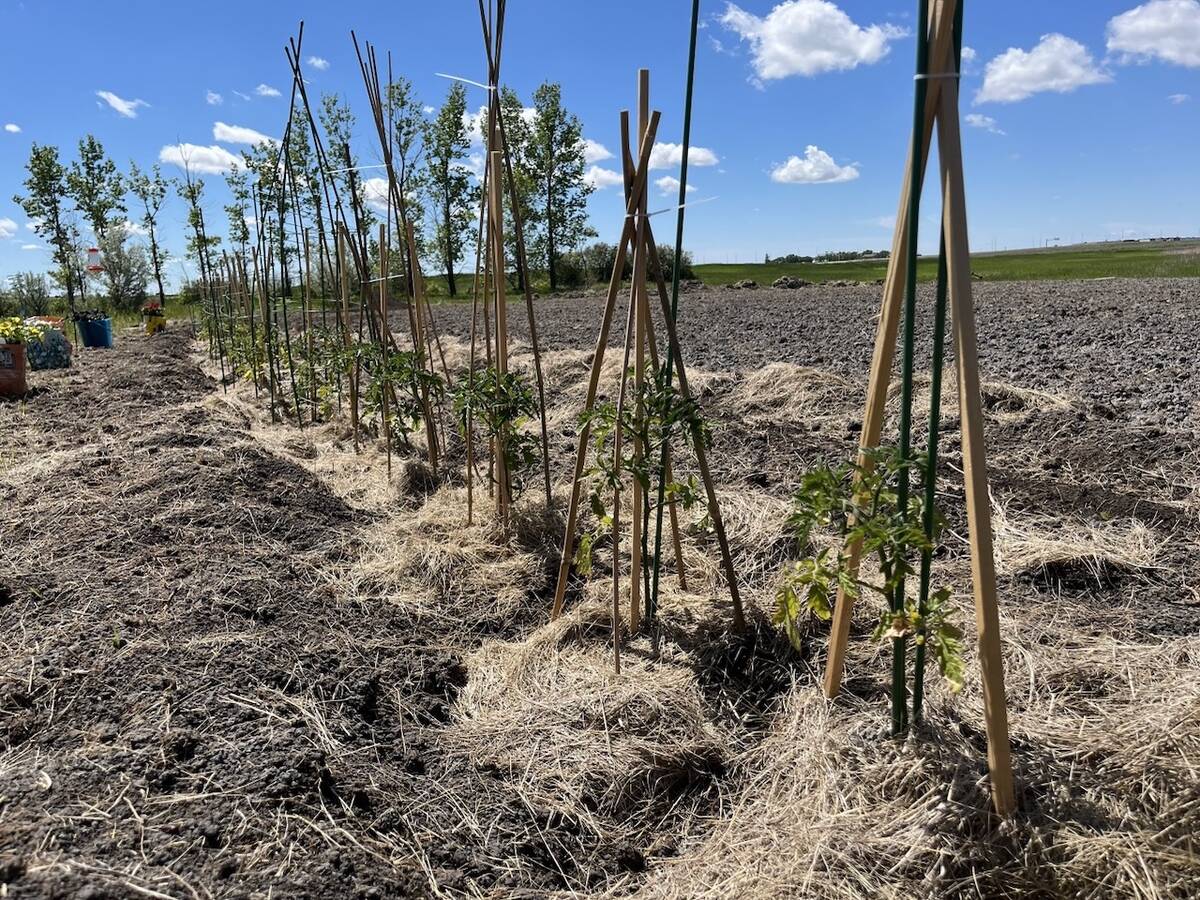
Seeding Indigenous agricultural prosperity
National Circle for Indigenous Agriculture and Food says Indigenous agricultural success needs strong relationships.
WHY IT MATTERS: Analysts have warned that, between tariffs on seed and older levies on meal and oil, the Chinese market is effectively closed to Canadian canola.
Australia saw its trade with China —its largest trade partner —plummet earlier this decade following an Australian call for investigation into the origins of COVID-19.
Barley was among the most publicized of those trade disruptions, although China also slapped tariffs and other trade barriers on items ranging from coal, copper and timber to wine, cotton, lobster and some meat from terrestrial livestock. As a result of the 80.5 per cent barley tariff, flow of the grain dropped from equivalent to about C$1.32-billion a year to a trickle.
Most of those anti-trade measures, including the barley tariffs, only let off in 2023, following a change in government in Australia. Tariffs on wine only lifted last spring, and its ban on lobster lasted until December 2024.
Canadian farmers, meanwhile, well remember their own hits with canola in 2019, after China suspended licenses for two major companies: Richardson International and Viterra.
Market waves
The most recent Canadian example, where China imposed a 75.8 per cent tariff on Canadian canola seed, predictably tanked the market in mid-August.
The tariff — an interim rate coming out of China’s anti-dumping investigation into Canadian canola, announced last fall — initially saw ICE canola futures free-fall by the daily limit $45 a tonne before seeing some recovery.
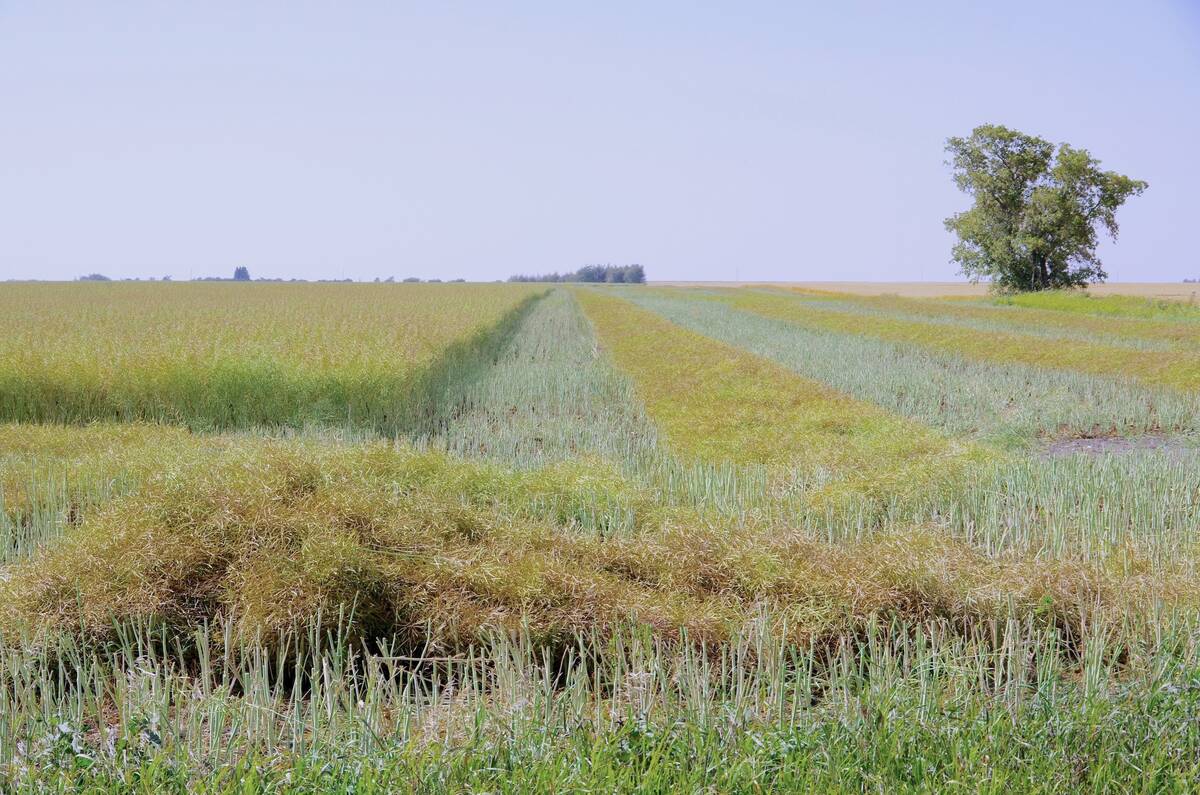
By the end of the following week, Aug. 21, analysts noted further bounce back, although Canadian prices were still feeling the hit. November futures posted gained back $8.80 a tonne during that week, closing at $663.30 per tonne. The following week though, American soyoil markets hit headwinds thanks to their own rocky business roads with China, dragging once again on canola futures.
After the rally, Glacier FarmMedia markets columnist Glen Hallick had pointed to price-bolstering developments in the U.S. biofuel market, where soybean oil prices had surged following an Environmental Protection Agency announcement. The EPA granted exemptions from the Renewable Fuels Standard to 63 small refineries, plus 77 partial approvals. That created positive spillover into canola prices, Hallick noted.
Gervais echoed that rationale.
The canola market had shown paradoxical behaviour, defying normal supply-demand pressures, he noted.

On top of the loss of the Chinese market, Canada also has a surplus of canola expected to come off the fields. Statistics Canada has significantly increased its production estimates for the 2025-26 crop year. It now projects Canadian canola growers will harvest 19.94 million tonnes of the oilseed, above last year and well above the five-year average of 18.25 million tonnes.
That double whammy should, by rights, have pushed canola prices down below $600 a tonne, Gervais said.
As well as the biofuel boost, the FCC economist noted, Canadian canola products haven’t been totally cut off from China. Some backdoors channels have opened with Canadian companies finding creative shipping routes or middlemen to side-step the tariffs.
That’s not a long-term solution though and farmers shouldn’t count on the resilience lasting. On top of the more recent pessimism around American soybeans, Gervais warned that the backroads market approach raises costs for the entire supply chain, which will ultimately get passed down to Canadian businesses.
Tight margins face more pressure
Depressed commodity prices, on top of high input prices, are squeezing canola margins, Gervais warned, and that was a talking point last fall, well before 2025’s onslaught of tariffs.
“If we see as much as a 20 per cent decline, depending on where you are in the country, depending on what kind of yields you’re looking at in 2025…you are going to see profit margins decline quite significantly,” Gervais said.
Western Canadian businesses caught in trade crossfire
The current trade situation is particularly challenging for western Canadian businesses, said Joshua Krane, a partner with MLT Aikins who leads the firm’s competition and foreign investment practice.
“Western Canadian businesses are really paying the price for a trade war they did not start and are not benefiting from,” he said. “And really, until Washington and Beijing can find a way to normalize trade relations, Canadian agriculture and manufacturing businesses will find themselves squeezed between both sides.”

The ongoing uncertainty with rapidly changing tariff policies has made it hard for companies across many sectors to plan, said Alan Dewar, executive vice-president at brokerage GHY International and a certified trade compliance specialist.
“The back and forth is on and off, and…just insane, and it makes it really hard for businesses to plan for the future,” he said. “There’s one thing that businesses don’t like, (and it) is the uncertainty. We need predictability, transparency and so forth when it comes to making business decisions for the long work.”
Diversification key to future resilience
Diversification away from traditional markets is necessary, but also represents a massive undertaking, according to Gervais. He calculates that reducing U.S. export dependence to 50 per cent across agricultural and food sectors would require redirecting approximately $12 billion worth of exports.
Productivity improvements will be crucial for Canadian businesses to navigate the changing trade landscape, he added, especially improving efficiency within existing operations, scaling up where feasible and strengthening Canada’s capacity for innovation.




